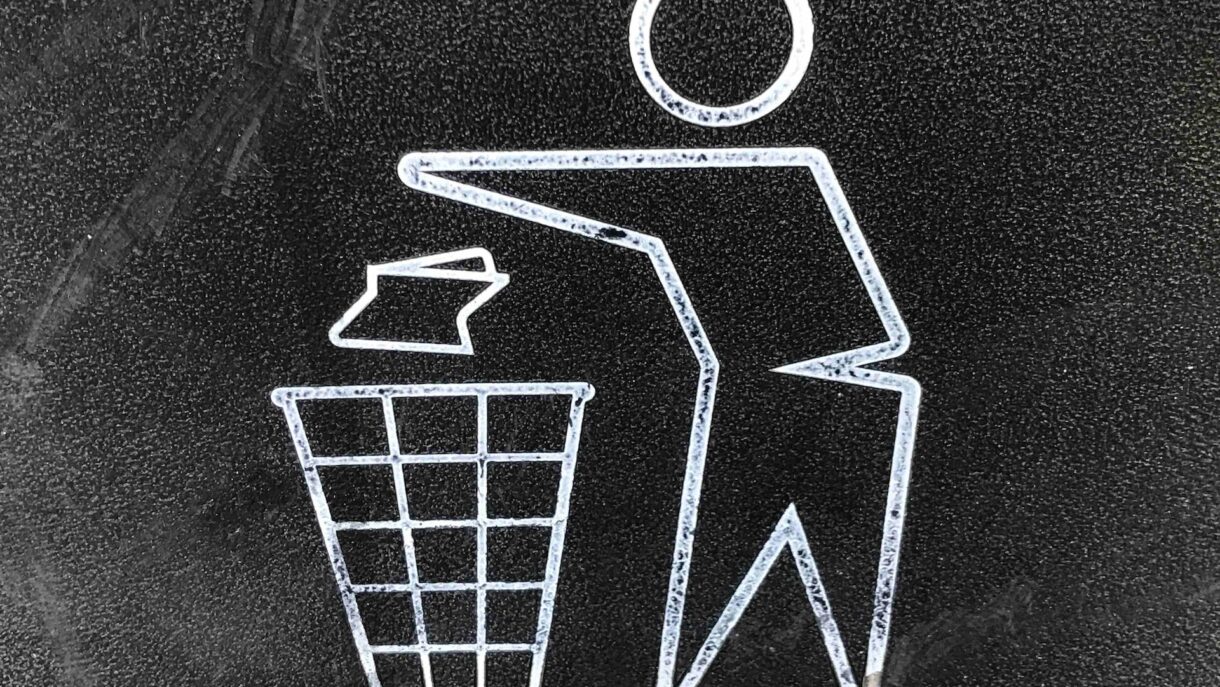Is cardboard biodegradable?

Cardboard is currently the thickest and also the most widely used paper material. Among other things, it owes its popularity to its increased resistance to mechanical damage, its relatively low own weight and its high rigidity. In addition, it is inert to food, which is why it is used practically in the entire catering industry. Its particular type is corrugated board, which, as the name suggests, is characterised by a corrugated structure between the outer layers. How is cardboard manufactured? What are its types? What does it consist of and, finally, does it decompose?
What you should know about cardboard?
The grammage of cardboard exceeds 2,500 grams per square metre of material. In everyday use, this means that it is stiffer than ordinary cardboard. Due to its diverse uses, cardboard comes in several different variants. First of all, it is divided into a corrugated cardboard, the number of layers of which varies from two to seven, and a solid cardboard.
- The latter is used not only in the furniture industry, but also in the upholstery industry. For the production of solid cardboard, only recycled paper is used, making it fully biodegradable. The time taken for cardboard to decompose depends on a number of factors, including temperature and air humidity and the number of layers (e.g. seven-layer cardboard takes longer to decompose than two-layer cardboard). Decomposition usually starts after a few months.
- Corrugated board, on the other hand, is made using a completely different production process. First of all, this paper product is a mixture of wood pulp, or more precisely fibres, waste paper and even rags. The prepared pulp is then subjected to both chemical and thermal treatment, which results in a homogeneous mixture. Depending on the specific variant, the paperboard is characterised by a minimum of two and a maximum of seven liners, or layers. The (corrugated) middle layer, on the other hand, has a name – fluting. It makes corrugated cardboard packaging rigid and effectively protects the products being transported from mechanical damage (especially high strength packaging).
How corrugated cardboard packaging is made?
Virtually every corrugated packaging manufacturer has a fully or at least half-automated production facility. The first stage of the entire process is the transport of corrugated cardboard to the station where the boxmaker is located. This is a specialised machine whose main task is to cut the material precisely. The machine is equipped with special knives that are either manually or automatically adjusted.
The suitably cut corrugated cardboard is then folded. The entire folding process for both standard and non-standard (sizes and shapes) corrugated packaging is done manually.
Corrugated cardboard packaging – continued production
In the case of standardised packaging intended, among other things, for the transportation of products – folding is the final step. This type of packaging is also biodegradable and therefore environmentally friendly. However, it is worth knowing that many packages are subjected to the lamination process. This involves applying a special layer to the cardboard, which makes it possible to carry out printing at a later stage of production. The additional layer protects the cardboard from moisture. During everyday use, this means that the packaging retains its original properties and appearance under various conditions. Of course, the size, type and colour of the print can be freely modified. Nowadays, virtually every manufacturer of cardboard packaging offers the option of personalising their products. Most often, this is the company logo or its motto. Graphic motifs referring to a specific brand also enjoy great popularity.
Is this type of packaging biodegradable? Yes, however, they are unlikely to decompose completely. The reason for this is the presence of an additional layer, as well as the print. The printing technology itself is also important. However, this does not change the fact that cardboard that has been enriched in this way will mostly decompose, unlike plastic packaging. Their decomposition is calculated in hundreds or even thousands of years. However, there is nothing to prevent such personalised versions from being recycled.
The presence of printing and an additional layer does not exclude cardboard from being reused. For this reason, cardboard packaging (regardless of type and additives) is the best choice for those who care about the environment. Corrugated cardboard is such a rigid and strong material that most packaging made of this material can be reused at least several times. This applies to both the two-layer and the seven-layer variants.
